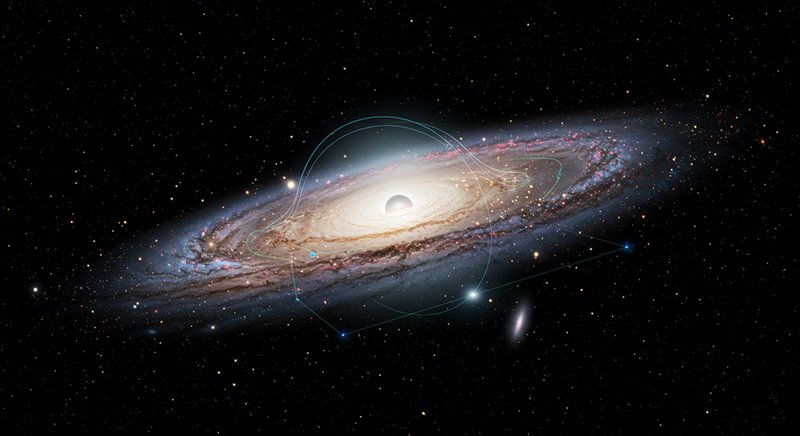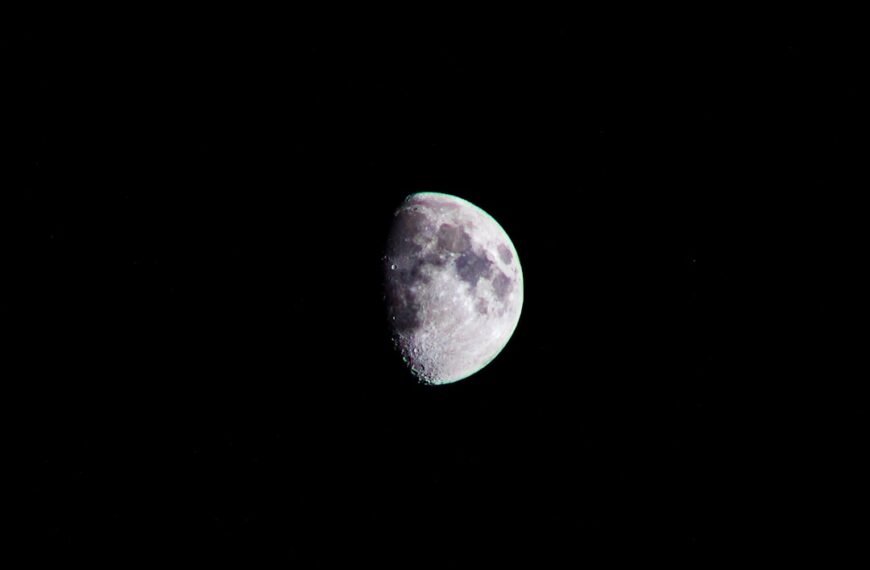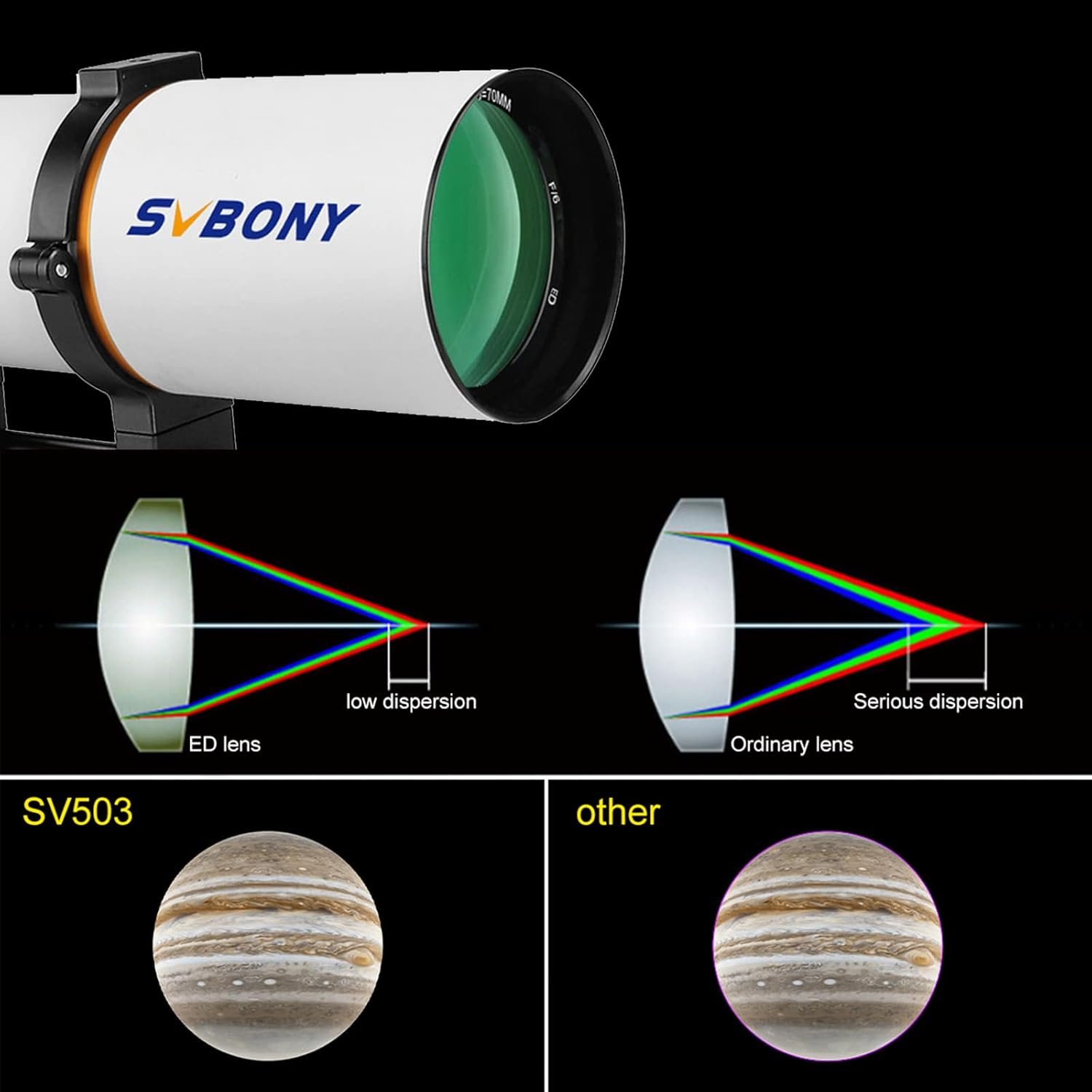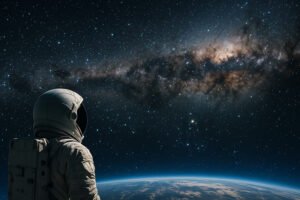🚀 Key Takeaways
- The Milky Way Galaxy is a barred spiral galaxy spanning approximately 100,000 light-years.
- It contains over 100 billion stars, including our Sun, and is home to our solar system.
- Located in the Local Group of galaxies, it’s surrounded by dark matter and interstellar gas.
- New data from missions like Gaia and Hubble are reshaping our understanding of its structure.
- Understanding the Milky Way is essential to understanding the origins and future of the universe.
What is the Milky Way Galaxy?
The Milky Way Galaxy is our cosmic home — a sprawling, star-filled spiral that stretches across the night sky. When you gaze upward on a clear evening and see a pale, cloudy band arching overhead, you’re looking at the densest part of this vast galactic structure. But what exactly is it, and why is it so important?
At its core, the Milky Way is a barred spiral galaxy, meaning it has a central bar-shaped structure made up of stars. Its spiral arms extend outward in a graceful swirl, and our solar system is nestled within one of these arms — the Orion Arm — about 27,000 light-years from the galactic center.
🌌 Structure of the Milky Way
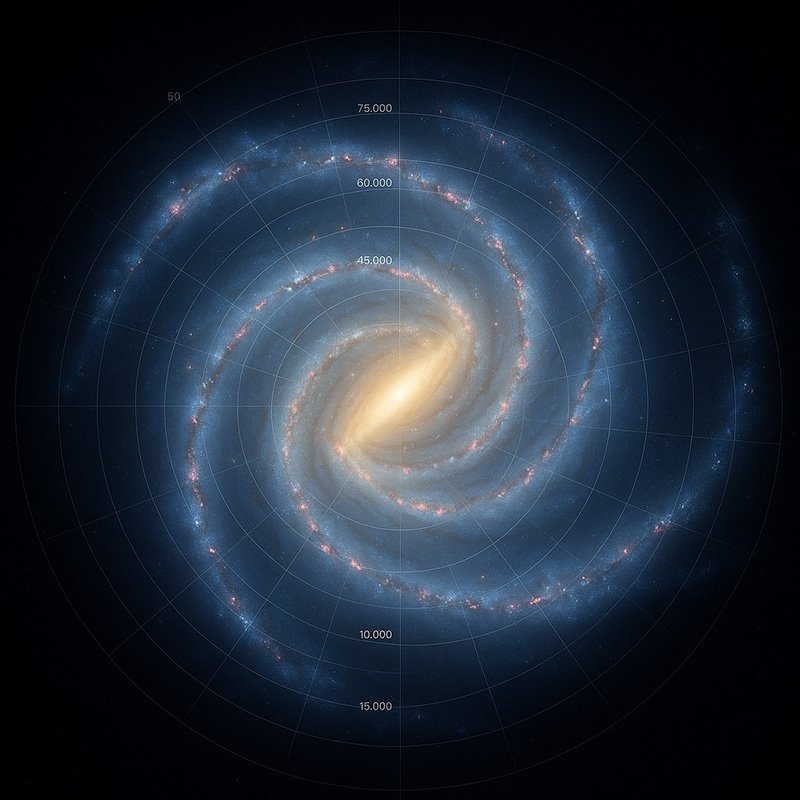
The Milky Way’s architecture is more complex than a simple spiral:
🔭 Key Components:
- Galactic Bulge: A dense, spherical region of stars at the center
- Spiral Arms: Four major arms where star formation is most active
- Galactic Disk: Contains stars, planets, gas, and dust
- Halo: A nearly invisible cloud of stars, globular clusters, and dark matter
- Supermassive Black Hole: Sagittarius A*, located at the center, with a mass ~4 million times that of the Sun
These components interact through gravitational forces, guiding everything from star formation to galactic rotation.
🧭 Where Are We in the Galaxy?
Earth and its solar siblings reside in the Orion-Cygnus Arm, a minor spiral arm located between two major ones: Perseus and Sagittarius. This location gives us a relatively clear view of the galaxy’s structure — especially when observed through infrared and radio telescopes.
Fast Facts:
- Location: ~27,000 light-years from the galactic center
- Orbital speed: ~828,000 km/h (514,000 mph)
- Time to orbit once: ~230 million years (a “galactic year”)
🌠 Star Count and Stellar Diversity
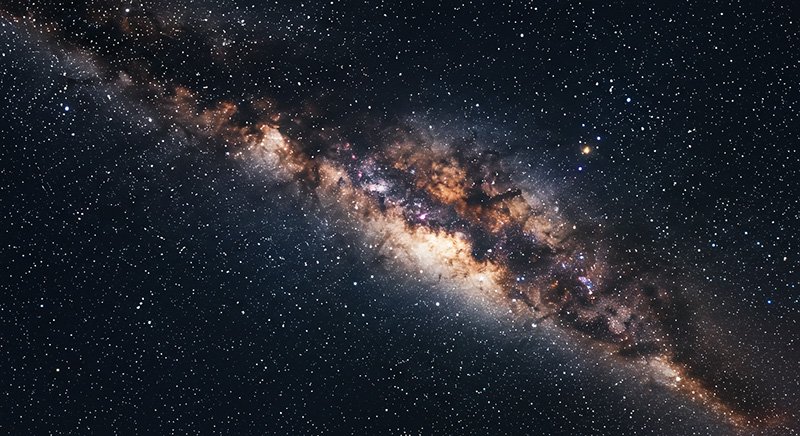 night sky.” class=”wp-image-21065″/>
night sky.” class=”wp-image-21065″/>Estimates suggest the Milky Way contains 100 to 400 billion stars, including:
- Main-sequence stars like our Sun
- Red giants and white dwarfs
- Neutron stars and black holes
- Protostars in various stages of formation
Each of these star types contributes to the life cycle of matter across the galaxy.
🌌 Dark Matter and the Galactic Halo
Only a fraction of the Milky Way’s mass is visible. The rest — nearly 90% — is made up of dark matter, a mysterious substance that doesn’t emit light or energy but exerts gravitational force.
Dark Matter Facts:
- Detected by its gravitational influence on stars and gas
- Forms a massive halo extending beyond the visible galaxy
- Critical for understanding galaxy formation and structure
🛰️ How We Study the Milky Way
Because we live inside the Milky Way, observing its shape and behavior is challenging. However, astronomers use tools and missions like:
- Gaia: Mapping 3D positions and motions of over a billion stars
- Hubble Space Telescope: Imaging deep regions of space and galactic features
- Chandra X-ray Observatory: Detecting high-energy regions and black holes
- Infrared and radio telescopes: Piercing through dust clouds to view hidden structures
🌍 The Milky Way in the Local Group
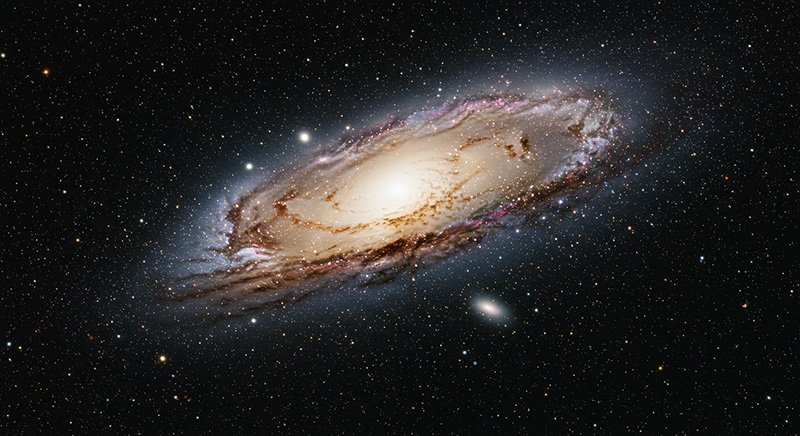 galaxies against a dark space background.” class=”wp-image-21064″/>
galaxies against a dark space background.” class=”wp-image-21064″/>Our galaxy is not alone. It’s part of the Local Group, a small cluster of about 54 galaxies, including:
- Andromeda Galaxy (M31): Our closest spiral neighbor
- Triangulum Galaxy (M33): Smaller but still prominent
- Dozens of dwarf galaxies like the Large and Small Magellanic Clouds
Future Collision:
Andromeda and the Milky Way are on a collision course and will likely merge in ~4.5 billion years, forming a new galaxy — sometimes referred to as “Milkomeda.”
🔬 Why the Milky Way Matters
Studying our galaxy is not just about curiosity. It provides crucial insights into:
- How galaxies form and evolve
- The distribution and behavior of dark matter
- Star and planetary system development
- The cosmic history of the universe
🔗 Sources and Further Reading
